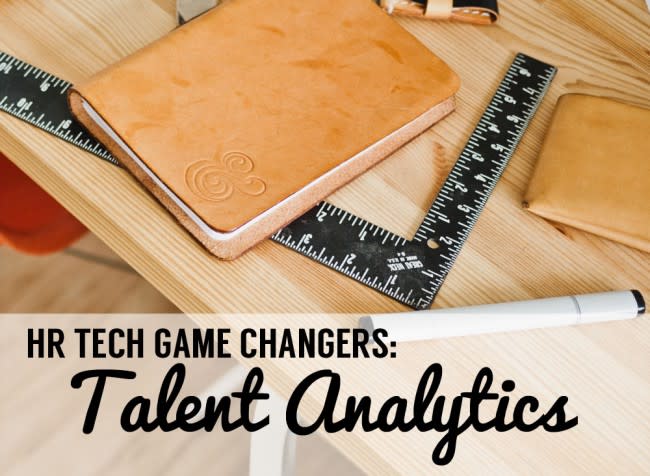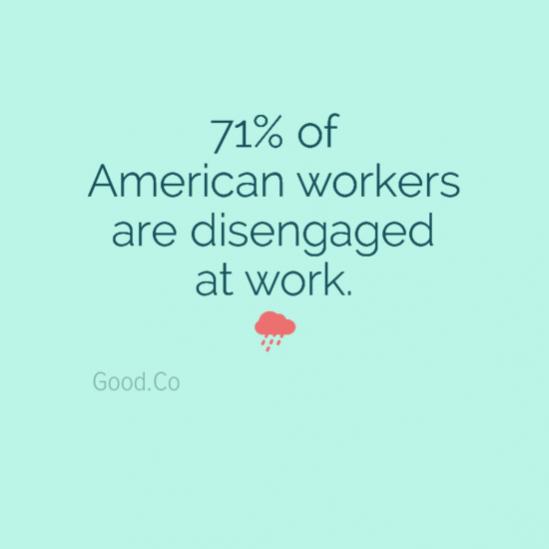
Practical Talent Analytics for Data Backed HR
It’s hard to find anything in recruiting that has failed to live up to its potential more than recruiting metrics. – Dr. John Sullivan
I think most HR experts would tend to agree.
Considering how popular the sharing of HR related data points is on social media, the practical use of data in people management has been remarkably poor.
Stats like 40% of work turnover is due to job stress, or 71% of American workers are disengaged at work are all over Twitter.

Yet, according to research by Deloitte only about 4% of HR departments apply predictive analytics to their decision making process.
Download the Bersin by Deloitte report to learn more about the state of talent analytics.
Cloud based HR Tech developers are attempting to change this by embedding analytics right into their applications.
Cornerstone and Workday have both acquired predictive analytics human resources software companies in order make this big data dream a reality.
This is in response to an expressed desire on the part of HR to find easier to adopt solutions for integrating more data into their talent management process.
The goal is to track, sort, and present data in a useful way for improving HR and recruitment.
For example, predictive analytics can be used to determine common behaviours that an employee exhibits when they are about to quit, track those behaviours, and then provide warnings in order to prompt a pre-emptive.
Retention is a major focus for Workday. Along with the kind of information mentioned above, the company also attempts to provide users with insights as to what makes employees more likes to leave or stay.
Their software uses comparative data to make hypotheses about how pay raises or benefits impact an employees’ decision to stay or go. Hypotheses like, web developers who are able to work remotely at least 1 day per week are 20% less likely to quit (this is just an example).
Cornerstone’s acquisition of Evolv gives them the tools to provide users with the internal and external data needed to objectively evaluate job seekers.
Evolv is lauded as one of the top 10 most innovative companies in big data. Their work with Xerox is a perfect example of why they got this reputation.
Xerox used Evolv’s software to revolutionize their hiring process. The data gathered and processed by Evolv helped them create a much more effective candidate assessment process that is able to rank candidates based on more than just work history. The program uses comparative data to determine a candidates problem solving, prospective retention rates, and even soft skills.
Credit for the improved adoption and use of talent analytics is not just due to the HR tech industry, but also to the human resources department itself.
At Jobcast we’ve noticed a huge increase in the amount of Jobcasters that prioritize recruitment data.
We’ve always provided our users with reporting, but in response to this increased emphasis placed on analytics by HR we have decided to improve our reporting further.
Human resources, recruiters, and employers want to make decisions informed by real numbers and they finally have smart tools to accomplish this goal.
The future looks bright!





